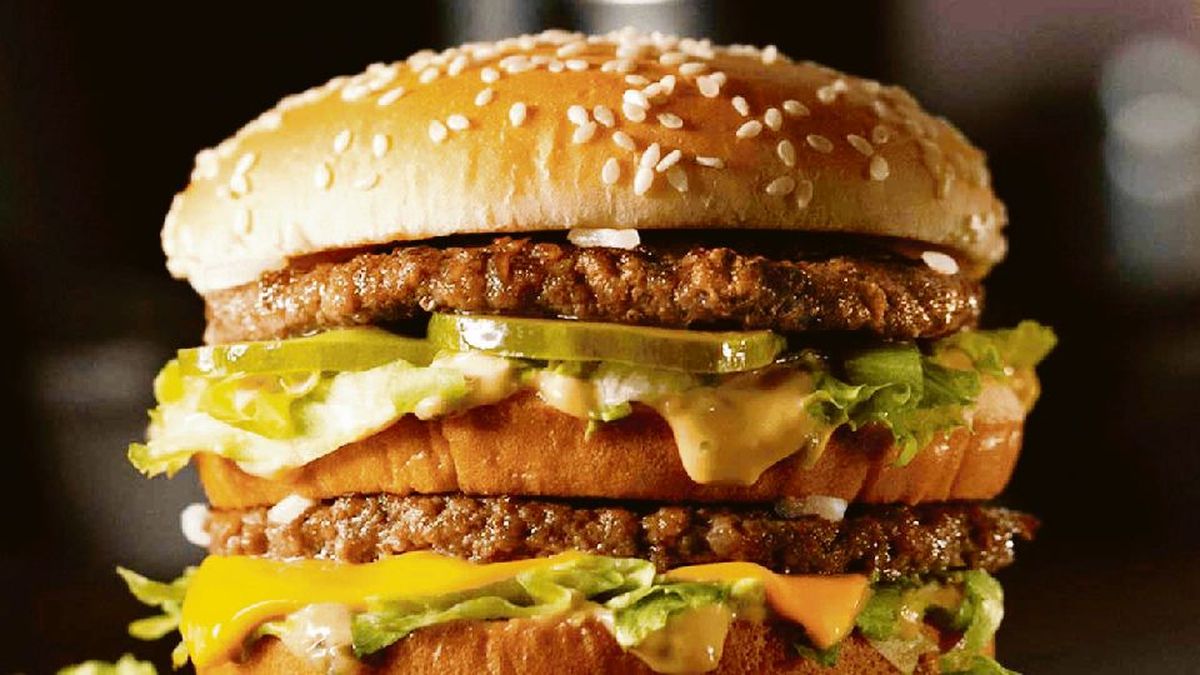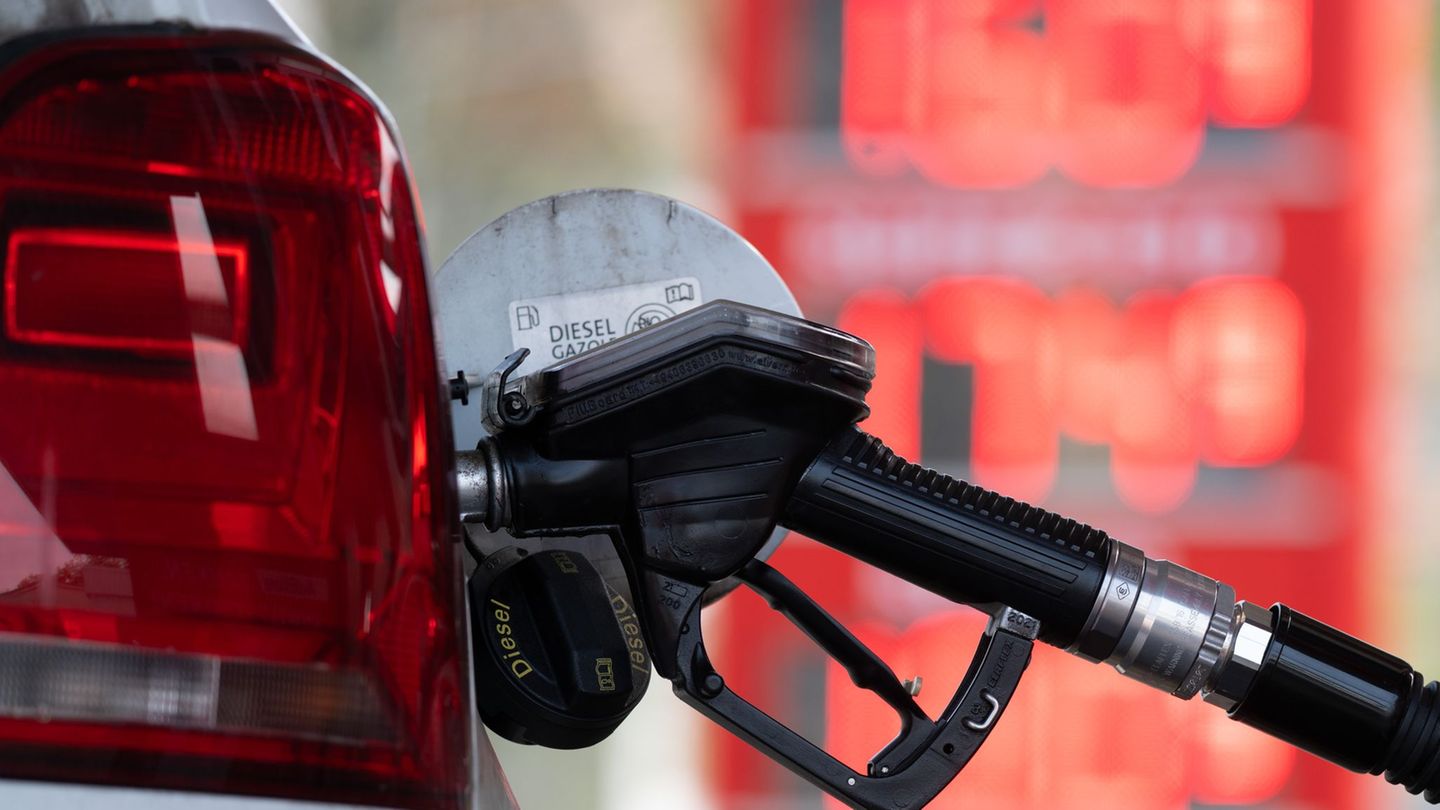He Big Mac Indexcreated by The Economist in 1986, began as a simple tool for making currency theory more digestible. It is now a widely known measure in popular economics to evaluate and compare currency valuations.
In short, the Big Mac Index compares the purchasing power parity (PPP) of currencies using the price of a Big Mac in the US as a benchmark. It shows how much a Big Mac costs in various countries compared to the US, but it also works as a way to gauge exchange rates.
It so happens that one of the current debates at the national level is whether the dollar is outdated. In this context, it is noted that the country has experienced an increase in prices compared to other global currencies in the last seven months.
The price of a Big Mac in the US is $5.69, while in the eurozone it is equivalent to $6.09. In Taiwan, by contrast, it costs just $2.28, less than half as much. Since 1986, this publication has used the price of the Big Mac to evaluate a fundamental economic principle known as “purchasing power parity“.
The situation in Argentina, which has worsened in recent months, is “anomalous” for The Economist.The Argentine peso is overvalued even though the country does not have great wealth. For $5.69, you can get more than 5,300 pesos at the official exchange rate. Although this may seem like a lot, it is observed that a Big Mac now costs 6,100 pesos, compared to 3,150 pesos just seven months ago,” the newspaper said.
Dollar, devaluation and the anomalous case of Argentina
This principle holds that the value of a currency should reflect its purchasing power – its ability to buy goods and services, such as hamburgers. If something costs 50 Swedish krona in Sweden and the same item costs $5 in the US, then 10 Swedish krona should be worth $1. If they are worth less, the krona would be “undervalued” against the dollar. While finding the exact same product in different countries can be tricky, the Big Mac helps solve this problem thanks to McDonald’s strict quality controls.
Dolar blue
While finding the exact same product in different countries can be tricky, the Big Mac helps solve this problem thanks to McDonald’s strict quality controls.
Depositphotos
For example, the Argentine peso would be “aligned” with the dollar if the Big Mac costs the same in dollars at McDonald’s in El Abasto as it does in the US ($5.69). The Economist points out that developed countries tend to be more expensive due to highly productive industries that raise wages and costs, while in less developed countries, Like Argentina, significant anomalies are observed.
Despite the recent devaluation of the Argentine peso by 50% in December, the adjustment has only been 2% per month. This was not enough to offset the increase in consumer prices, which rose by 4.6% in June. Thus, those who arrive in Argentina with dollars often prefer to exchange their money in the informal market, where 5.69 dollars are exchanged for about 7,600 pesos, enough to buy a hamburger and still have change. In January 2024, the average price of a Big Mac was US$5.19, more than double the value recorded four years ago.
The Big Mac Index, despite its popularity, remains an underrated tool in measuring the purchasing power of currencies, offering a clear explanation for a relatively low cost and an update frequency of every six months.
Source: Ambito
I am a 24-year-old writer and journalist who has been working in the news industry for the past two years. I write primarily about market news, so if you’re looking for insights into what’s going on in the stock market or economic indicators, you’ve come to the right place. I also dabble in writing articles on lifestyle trends and pop culture news.




